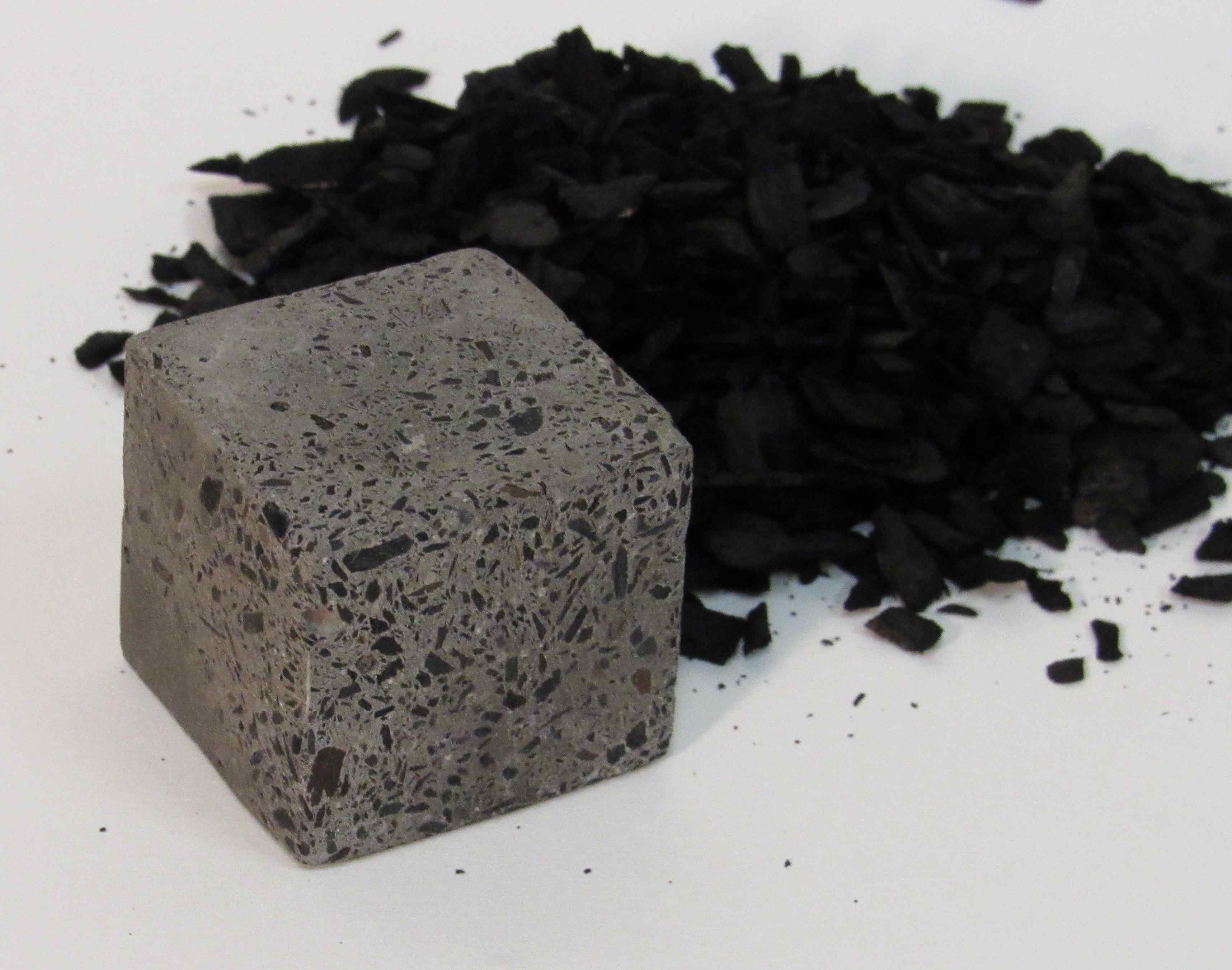Change in building materials could store billions of tonnes of carbon
US researchers have estimated that replacing conventional building materials in new infrastructure with CO2 capturing alternatives - such as mixing carbon aggregates into concrete or using bio-based materials in bricks - could store billions of tonnes of carbon dioxide per year. According to the study, published in the journal Science, the move could help meet greenhouse gas emission reduction targets.

Suzannne Wilkinson - materiales carbono EN
Suzannne Wilkinson
Professor at the Faculty of Design & Creative Technologies, Auckland University of Technology
The construction industry is a conservative industry and therefore requires certainty before it will invest in new materials. Certification of products usually provides this certainty. However, the industry tends to make choices for material options mainly using criteria of cost, time, and quality, with safety as paramount, and environmental considerations important. So, even if carbon sequestration using new materials is desired, there are obstacles which would prevent use. For instance, would the material cost more to procure? Does it require new training for staff? If so, it is unlikely to be preferred over traditional materials. Would it take more time to install or have a longer supply chain? Again, it would be hard to see a preference over traditional materials. Would quality be compromised? If there is a negative change in quality, then this impacts decision making.
"Other than satisfying choice criteria, there are ways to achieve change, some of which (and these are not all) include educate clients to ask for new certified materials, legislate for their use, or use tax or trade agreements to reduce costs.
Diego Elustondo - materiales carbono EN
Diego Elustondo
Scion Portfolio Leader, Trees to High-Value Wood Products
The premise of the paper is promising: given the massive volume of infrastructure materials produced annually and their long lifespan in service or landfill, construction materials indeed offer substantial potential for carbon storage.
However, the paper’s assumptions about carbon storage capacity in various building materials appear to favour masonry materials at the expense of wood-based alternatives. The comparison between existing (wood-based) materials and those that do not exist at scale yet is unrealistic. To be accurate, a comparison would need to consider wood-based materials at the same stage of development as other future materials mentioned in the paper.
There is no substantial evidence to confirm these proposed modified non-renewable materials will be commercially available in the future, while wood-based alternatives have long been established as renewable building materials. Timber, for example, has a long history of proven performance, and its benefits as a carbon sink are well documented.
It is crucial to recognise trees are restored by nature, while other building materials are more likely to remain in landfills and the sites mined for minerals will not be restored. It is crucial to emphasise that the use of modified non-renewable building materials in combination with wood-based building materials that sequester carbon long term will help reduce the devastating effect of greenhouse gas emissions.
Conflict of interest statement: "Diego’s Trees to High-Value Products portfolio at Scion focuses on promoting and facilitating the use of timber in building applications."
Van Roijen et al.
- Research article
- Peer reviewed



